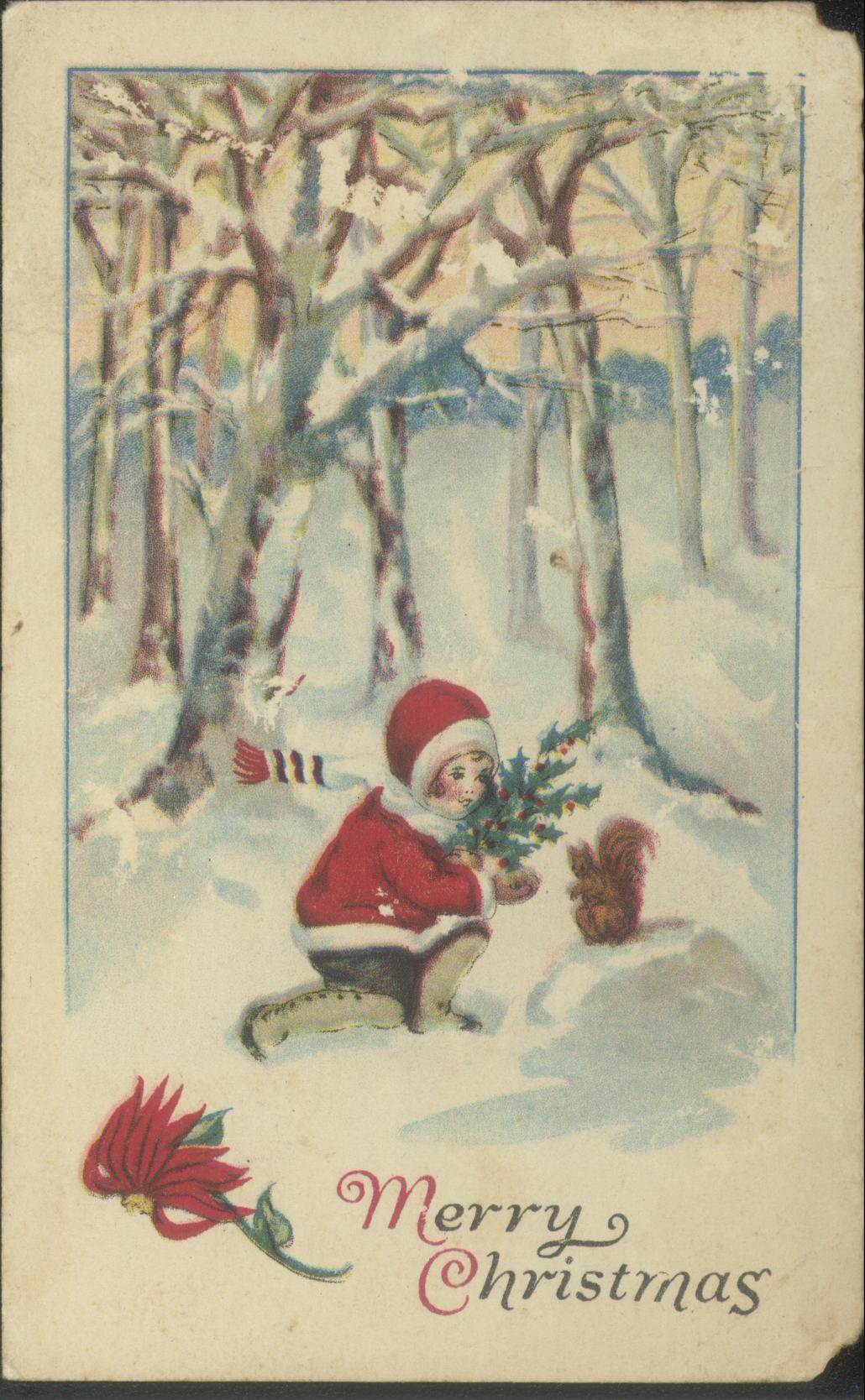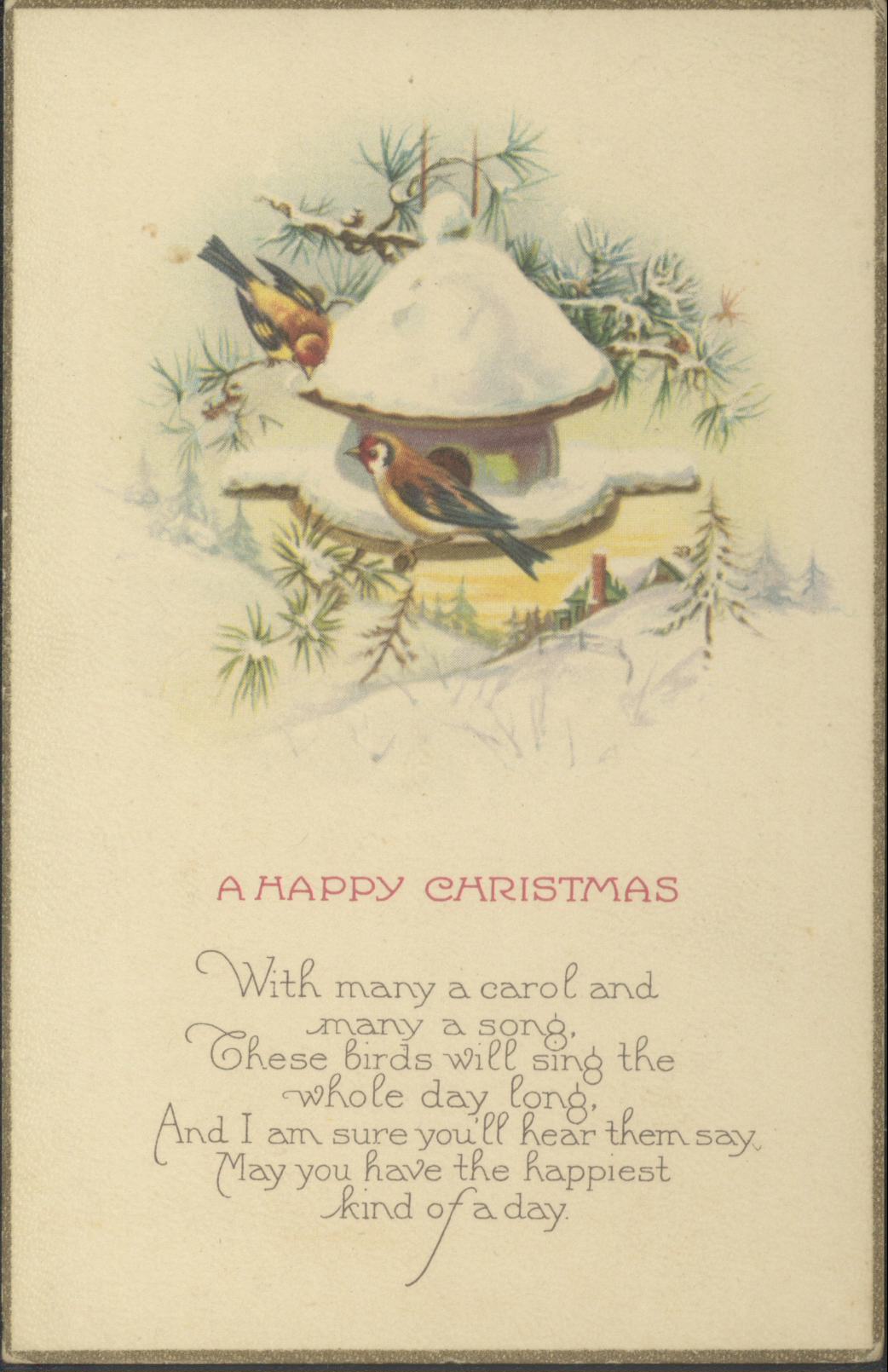
To me, Christmas has well and truly arrived when the peppernuts are made. Though both my maternal and paternal lines come from a Swiss-German Mennonite background, my dad began pastoring a General Conference Mennonite church when I was a young girl, which meant that my understanding of “Mennonite food” wasn’t Shoo-fly pie and fastnacht but pluma moos and peppernuts. No fewer than three varieties of peppernuts graced the cookie table at our Christmas Eve service, some small and spicy, others slightly larger with a mild molasses flavor. I loved them all.

As I prepared to make peppernuts this year, I became curious about their origins. I had always heard that they were closely associated with Mennonites (even Wikipedia says so!). But was that true? Where did this tradition come from? To try to discover the origins I did a quick survey of our cookbook collection at the Menno Simons Historical Library and struck gold when I found the two-volume Mennonite Foods & Folkways from South Russia by Norma Jost Voth. When I saw that it had a nearly 40 page chapter dedicated solely to “Christmas Peppernuts”, I knew I was in the right place!
I learned that peppernuts or similar cookies, “are made in most Scandinavian countries at Christmas. Pfeffernüsse are also made in northern Germany. However, the older recipes from the Russian Mennonite kitchens more closely resemble the Dutch or Scandinavian pepernoot or pebernødder cookie than the German Pfeffernüsse.”1 Voth also writes that “Peppernuts have been part of Russian Mennonite baking traditions for several centuries.” But “Whether or not this custom came from the Mennonites from Holland to the Vistula Delta in the 1500s has not been established.”2


Everyone I speak to about peppernuts mentions that each family they know who make them has a unique recipe or method for “their” type of peppernut. The recipes have all been tweaked as they have been passed down through families and across years and borders. And it continues on into the next generation! Earlier this month I was scanning the Nov. 19 issue of the Goshen College Record when a line in “The GC pandemic logbooks” caught my eye. Claire Franz writes:
“Made pfeffernusse today with Kristin. Even though we’re the only two Russian Mennonites in the house, we still managed to disagree about everything in the recipe. Ground anise or whole anise seeds? Chill the dough in the fridge or the freezer?”3


For her chapter, Voth collected over 33 recipes hailing from at least six different countries, though I’m sure the true number of peppernut varieties is many times more. The basic recipe is made from butter or shortening, sugar, flour, leavening like baking powder or soda, molasses or a similar syrup, and spices. The dough is chilled then rolled into logs and cut into coin sized rounds. The recipe variations in Voth’s volume included ingredients like lard, eggs, Karo syrup, watermelon syrup, candied peel, peppermint, anise seed, nutmeg, walnuts, almonds, honey, buttermilk, whipping cream, sour cream, cherries, pineapple, and even gumdrops, each adding a different flavor to the iterations (though I want to stress that no one recipe contained all of these ingredients).4
The more I read about these little spice cookies, the more I am convinced that folklore is a secret ingredient. The stories about peppernuts Voth captured in her volume were as delicious as the recipes. Some folks remember peppernuts being given by grandmothers to their grandkids to keep them quiet in church.5 Their small size also meant that they were perfect to fill the pockets of children “on their way to school or to do the chores.”6 Hildred Schroeder Wiebe recalls a tale her grandmother told of men throwing peppernuts to wolves to ward them off as they made their way by horse and sleigh into town. And there are a number of stories in Voth’s volume that describe hard Christmases where no treats can be expected, only to be surprised at the last minute by mothers or community members scraping together the necessary ingredients for a batch of peppernuts.7 Passing down the tales seems just as important as passing down the ingredients list.

Voth writes that as she compiled this chapter, “the testers and tasters came to these conclusions: The best peppernuts are crisp and very spicy. Anise is the most popular flavor. Pepper enhances the other spice flavors. The plain, traditional peppernut is still very good. This tradition will continue!”8 Traditional foods like peppernuts connect us in a very tangible way to the experiences of those who came before, and are a tasty way to pass down the past. May we all find ways to continue these traditions in this very untraditional year.

1. Voth, Norma Jost. 1994. Mennonite foods & folkways from South Russia. Intercourse, PA: Good Books, 366.
2. Ibid., 365.
3. Franz, Claire. “The GC Pandemic Logbooks.” The Record , November 19, 2020.
4. Voth, Norma Jost. 1994. Mennonite foods & folkways from South Russia. Intercourse, PA: Good Books, 372-402
5. Klassen, Bev. “Pfeffernuesse (Peppernuts).” Web log. Mennonite Girls Can Cook (blog), November 6, 2014. http://www.mennonitegirlscancook.ca/2014/11/pfeffernuesse-peppernuts.html.
6. Voth, Norma Jost. 1994. Mennonite foods & folkways from South Russia. Intercourse, PA: Good Books, 364.
7. Ibid., 365.
8. Ibid., 366.












